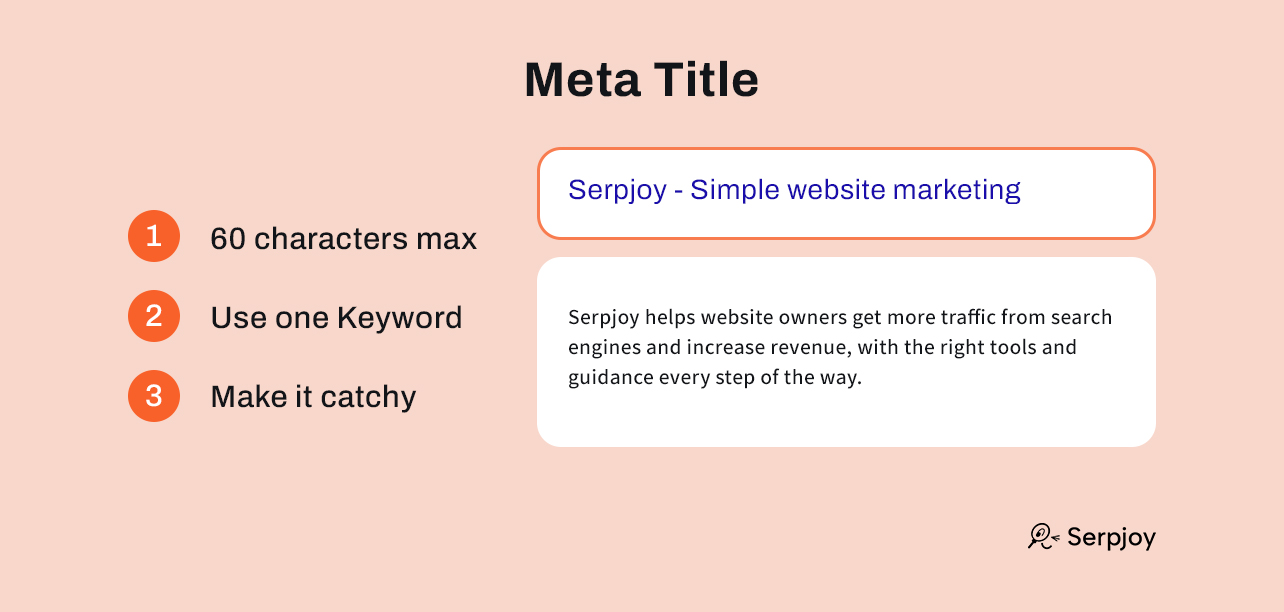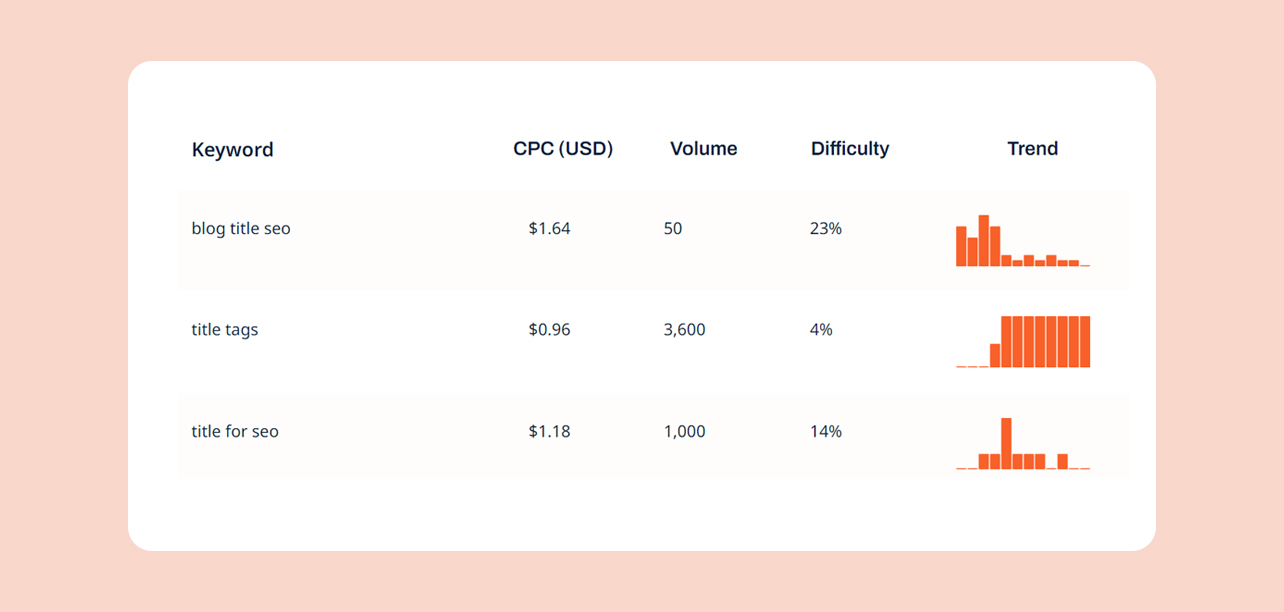
How to optimize blog titles for SEO
A good title is important because it is the first thing that a reader will see. It should be attention-grabbing and relevant to the article. A good title will also help to improve the article's search engine optimization (SEO).
What makes a good title?
A good title is important for two reasons. First, a good title helps your article appear on search engine result pages (SERPs). Second, a good title helps convince people to click on your article.

Here are some tips for writing a good title:
- Keep it short and sweet: A meta title should be no more than 60 characters. This is because search engines typically only display the first 60 characters of a title.
- Use keywords judiciously. A good title should include one or two keywords that are relevant to the topic of your article. But beware of keyword stuffing! Too many keywords will make your title look spammy and will turn off potential readers.
- Make it readable. A good title should be easy to read and understand. Avoid using jargon or technical terms that not everyone will understand.
- Write for humans, not robots.
Examples of great meta titles
A good title for an article can be the difference between someone finding your content and scrolling right past it. A title should be attention-grabbing and give the reader a good idea of what the article is about. It should be clear, concise, and to the point.
One example is “50 Tips for Growing Long Hair” by Supergirl Pro. This meta title does an excellent job of conveying what readers can expect from the article – 50 tips for growing long hair – and provides enough detail to spark curiosity and encourage people to click through and read more.
Another great example is “The Ultimate Guide to Creating an Email Newsletter” from Campaign Monitor.
This a good meta title because it accurately describes the content of the article or page and uses keywords that people may be searching for when looking for information about creating an email newsletter.
Additionally, the use of the word "ultimate" suggests that the guide is comprehensive and covers all aspects of the topic, making it an attractive resource for readers who want to learn more about the subject. Overall, this meta title effectively communicates the value and content of the article, making it likely to attract clicks and engage readers.
How to use keywords in your titles
When creating content for your website, optimizing it with the right keywords is essential if you want people to find it through search engines such as Google and Bing. To effectively optimize your blog titles with keywords, you should first identify which words and phrases have high search volume that relate to the topic of your post.
Your title should include the main keyword that your page is about. This should be repeated in the H1 title tag.
You can use our free keyword wizard tool to discover the optimial keyword for your webpoage or article. A good rule of thumb is to aim for a keyword with Difficulty under 50% and a Volume between 200 - 1,000.
You can also view the trends information for any keyword to see if your traffic is reliant on seasonal trends or is an improving keyword opportunity.

When it comes to SEO, your title is just as important as the rest of your content. A good title will help improve your click-through rate and bring in more organic traffic. Here are a few tips on how to write a good title for SEO:
- Stick to around 60 characters or less.
- Use relevant keywords in your title so that people can find your article when they're searching for those terms.
- Make it interesting - a catchy title will make people want to click on your article over others.
- Use numbers or listicles - People love lists! If you can, incorporate numbers into your title (e.g., "10 Tips for Writing a Good Title for SEO").
